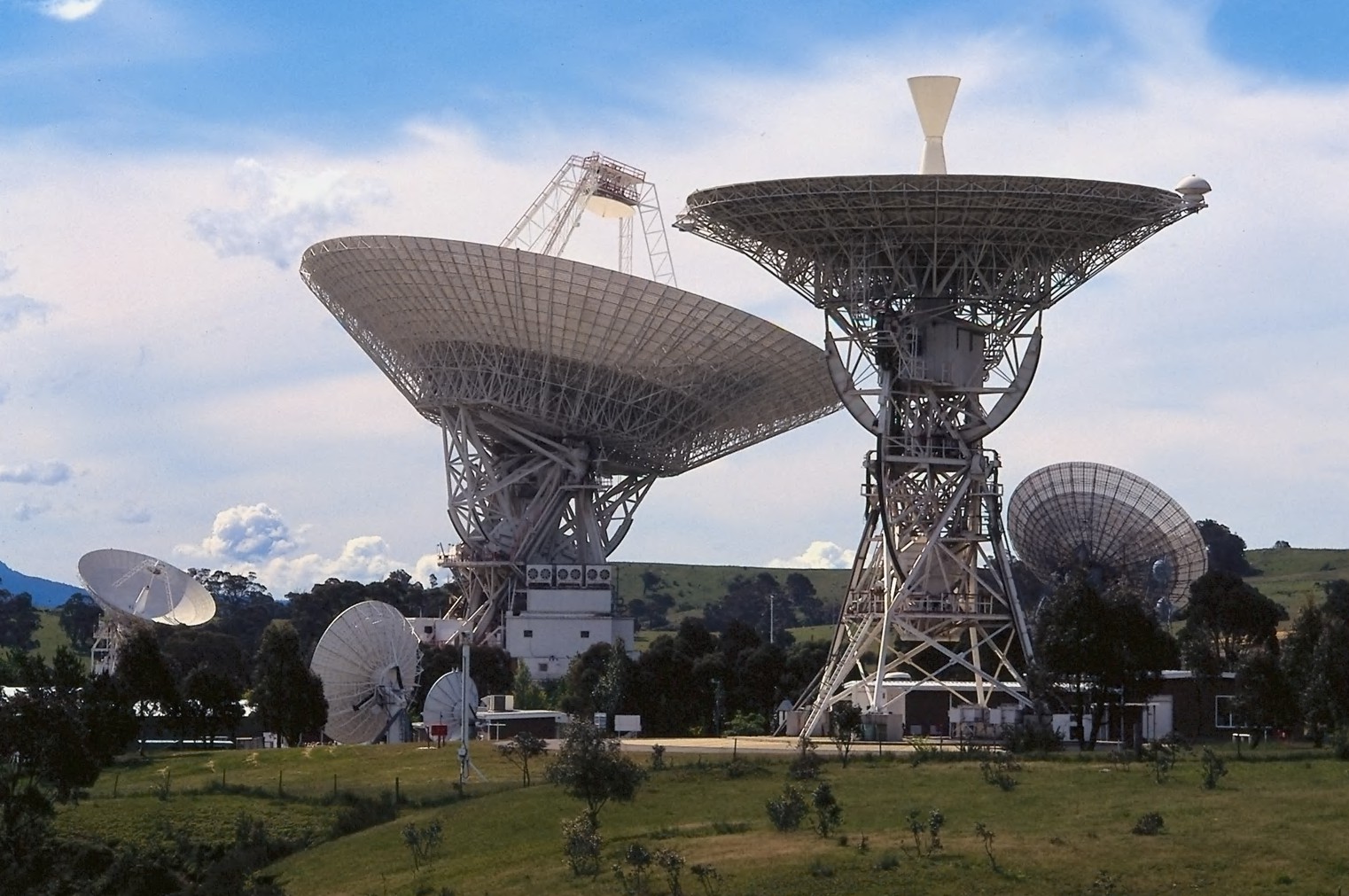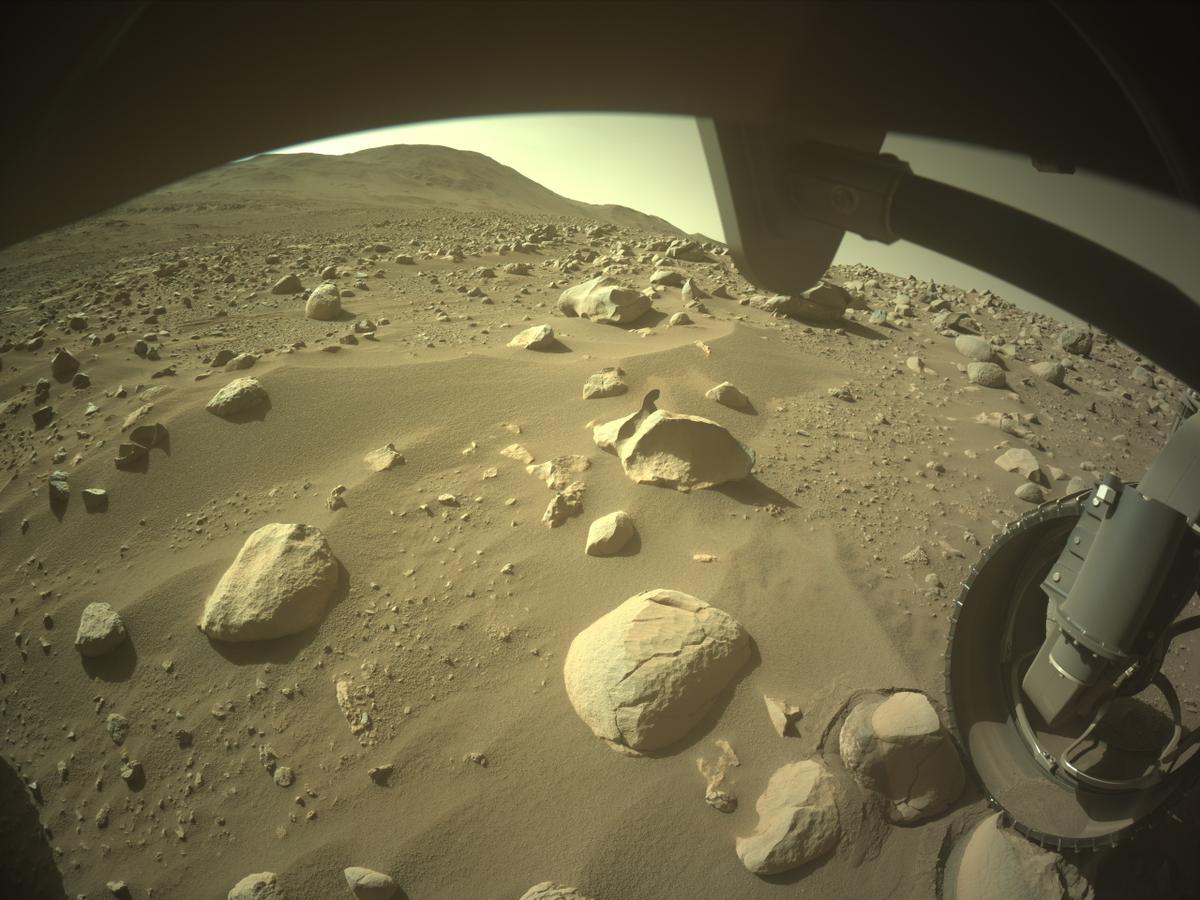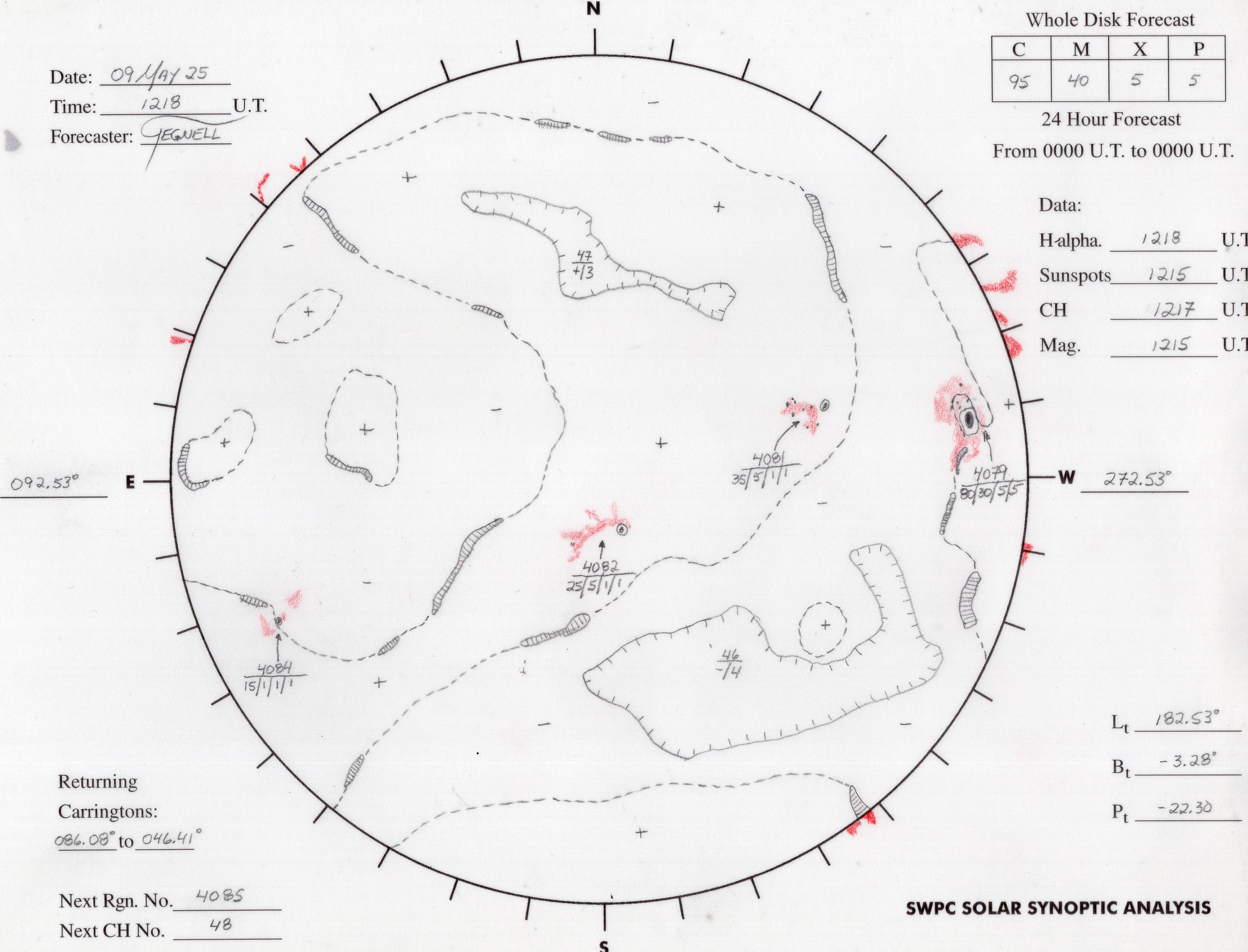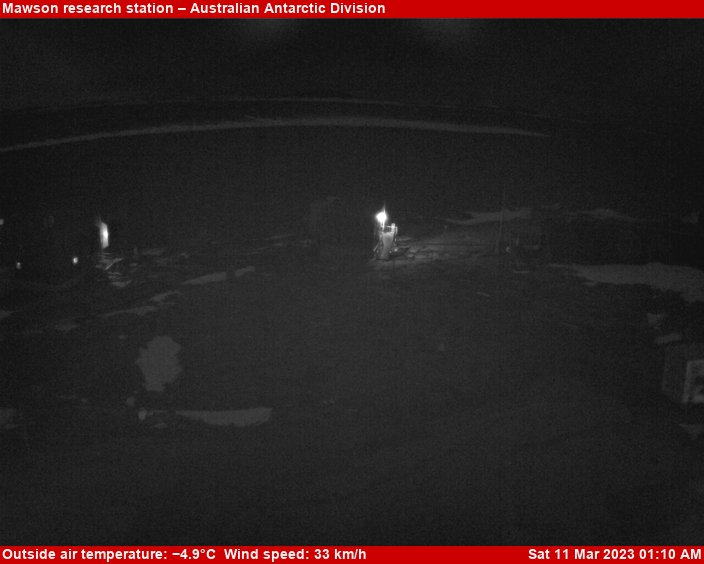Astrobiology is the study of the origin, evolution, and distribution of life in the Universe, and searching for life on Mars is a major goal of the Mars 2020 mission. While humans have long wondered whether there are others like us, it’s only been a few decades since we’ve developed the technologies to search for life beyond Earth in earnest. With space-based telescopes like James Webb, astronomers look up for planetary-scale chemical signs of life on exoplanets; with ground-based radio astronomy, astrophysicists listen for signals or communications transmitted by intelligent species from galaxies faraway; and with landed missions to Mars and other Solar System bodies, planetary scientists and geologists look down for physical and chemical signs of life preserved in rock and ice. Finding extraterrestrial life is a central aspect of astrobiology, but finding no life on a once-habitably rocky planet like Mars would be equally important, because it would help us look back into our own origins to query what makes Earth biologically unique, and would also help us prepare to search for life elsewhere.
Jezero Crater was selected as the Mars 2020 landing site because of its astrobiological potential. Billions of years ago it hosted a lake, back when Mars was warm and wet, more hospitable and Earth-like. Water is essential for life as we know it, and sedimentary rocks that form through aqueous activity can be excellent physical preservers of biological materials. Perseverance has also found evidence for igneous minerals, and these lithologies can be important for life as well: on Earth, volcanic rocks provide energy-rich substrates for microbes to feed upon and inhabit. If ancient life existed in or around Jezero, fossilized remnants of those ancient organisms could still remain as morphological, elemental, or molecular biosignatures preserved in rock today. To aid in this search, Perseverance carries a suite of on-board instruments to select astrobiologically-interesting samples to send back to Earth. 23 cores have been collected thus far! Robotic rover tools can reveal a lot about potential for habitability, but returning physical samples is absolutely critical for determining whether these rocks do contain evidence of life. For example, billion-year-old cells and fossilized biomolecules preserved in geologic samples on Earth are studied with large, complex analytical instruments housed in laboratories. Returning cores from Jezero will allow scientists to apply the same techniques to extraterrestrial samples too! Regardless of what we find, searching for life in these little Martian rocks represents an astronomical leap towards determining whether there was life on Mars, which will in turn give us a better understanding of who we are, where we came from, and where we’re going.
Written by Denise K. Buckner, Student Collaborator at University of Florida





































